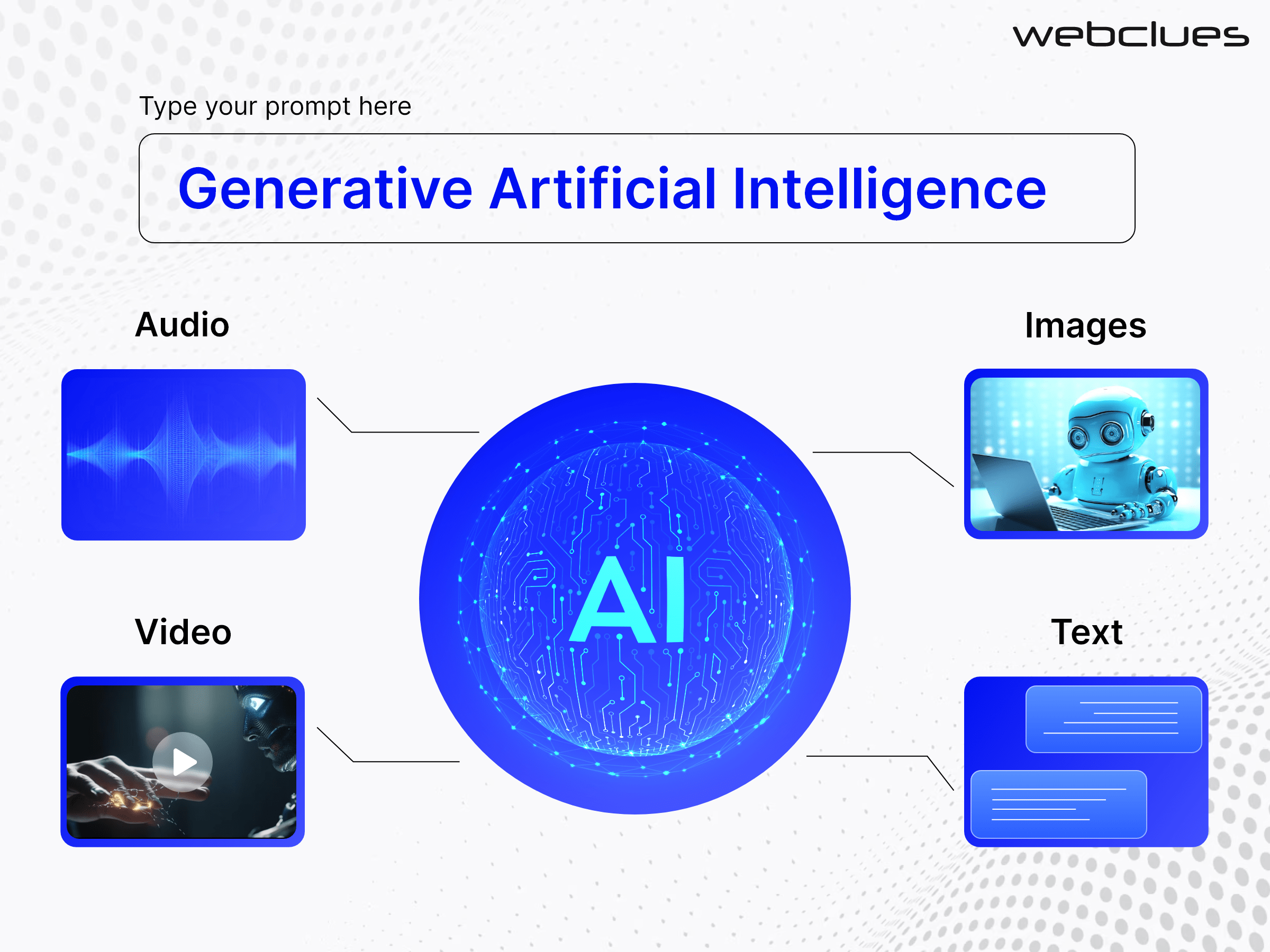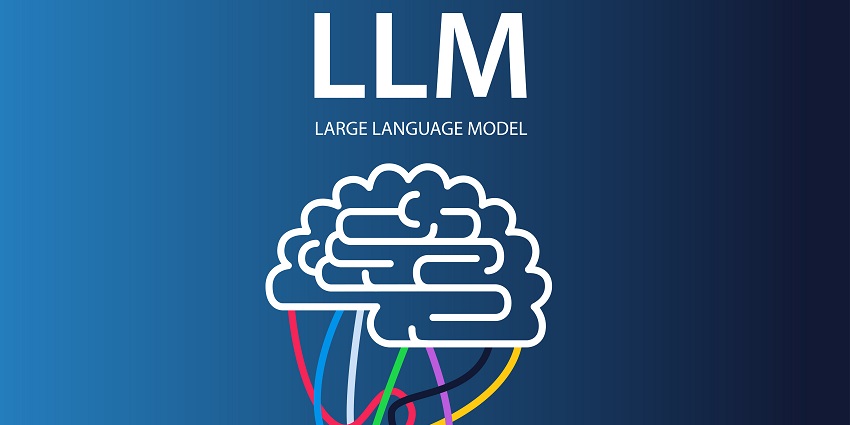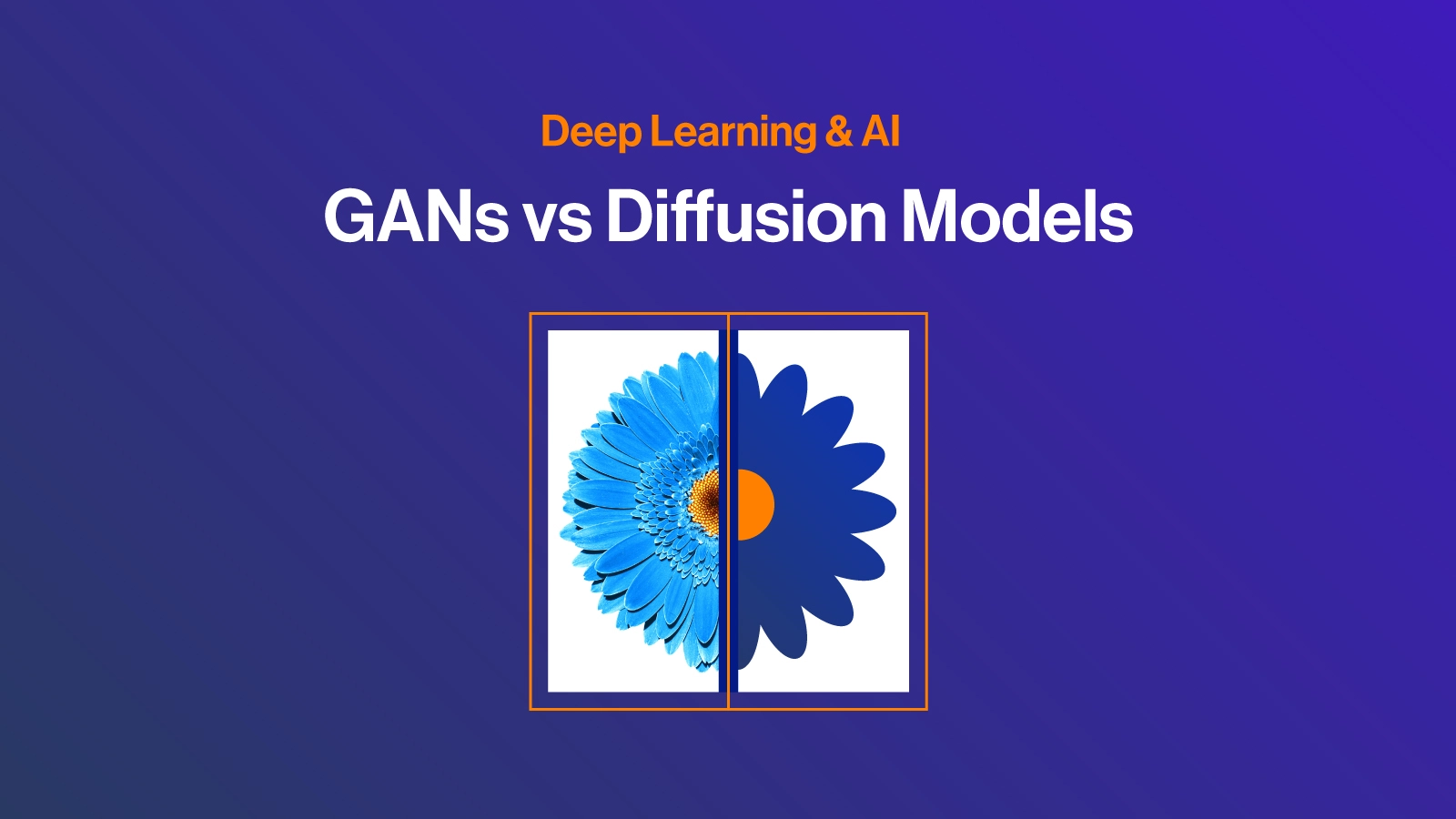The digital age has consistently challenged and redefined the landscape of information dissemination, but few technological shifts have promised as profound an impact as Generative Artificial Intelligence (AI). From crafting compelling narratives to automating complex research, Generative AI is not merely an incremental upgrade; it represents a paradigm shift for journalism and content creation worldwide. This transformative technology, capable of producing human-like text, images, audio, and video from simple prompts, ushers in an era of unprecedented efficiency and innovation. Yet, with its immense potential come significant ethical quandaries, including the proliferation of misinformation, concerns about intellectual property, and the very essence of journalistic integrity.
- The Rise of Generative AI: A New Era for Information
- Transforming the Newsroom: Generative AI’s Impact on Journalism
- Automated Content Generation: Beyond Basic Reporting
- Enhancing Research and Data Journalism
- Personalization and Audience Engagement
- The Evolving Role of the Human Journalist
- Opportunities and Efficiencies in Content Creation
For journalists, tech enthusiasts, and AI researchers alike, understanding the intricate layers of this revolution is paramount. This article will delve into the mechanics of Generative AI, explore its burgeoning applications within newsrooms and broader content industries, and critically examine the complex ethical dilemmas it presents. We will navigate the opportunities for enhanced productivity and personalized content while confronting the challenges of bias, deepfakes, and the imperative for transparency. As we stand at the precipice of this new informational frontier, recognizing both the promise and the peril of AI in media is crucial to shaping a future where technology empowers, rather than undermines, the pursuit of truth and authentic storytelling.

The Rise of Generative AI: A New Era for Information
The rapid ascent of Generative AI marks a pivotal moment in technological history, fundamentally altering how we interact with and create digital content. This technology stands at the forefront of the AI revolution, moving beyond mere analysis to actual creation. Its capabilities are vast, impacting industries from entertainment to education, but nowhere is its influence more keenly felt than in the fast-paced world of media and content production.

What is Generative AI?
Generative AI refers to a class of artificial intelligence models designed to produce novel content, rather than simply analyzing existing data. Unlike discriminative AI, which might classify an image as a cat, generative AI can create a new image of a cat. These models learn patterns and structures from vast datasets of existing content—be it text, images, code, or audio—and then use that learned knowledge to generate original, synthetic outputs that often mimic human creativity.
The core principle involves identifying the underlying distribution of the training data and then sampling from that distribution to generate new instances. This ability to imagine and create is what sets generative AI apart, enabling machines to move from processing information to actively participating in its creation.

Key Technologies Driving the Revolution
The power of modern Generative AI largely stems from advancements in specific machine learning architectures and computational capabilities. Understanding these foundational technologies is crucial for appreciating the scope of what Generative AI can achieve.

Large Language Models (LLMs)
At the heart of text-based generative AI are Large Language Models (LLMs). These are deep learning models, typically based on the transformer architecture, trained on colossal datasets of text and code. By analyzing billions of words, LLMs learn complex linguistic patterns, grammar, semantics, and even nuanced contextual understandings. This allows them to perform a wide array of natural language processing (NLP) tasks, including:
- Text Generation: Crafting articles, summaries, reports, creative writing, and even code.
- Translation: Converting text from one language to another with impressive fluency.
- Question Answering: Providing coherent and contextually relevant answers to complex queries.
- Summarization: Condensing lengthy documents into concise overviews.
- Diffusion Models: These models work by progressively adding noise to an image (or other data) until it becomes pure noise, and then learning to reverse this process. By iteratively denoising from pure noise, they can generate highly realistic and diverse images, videos, and audio. Tools like Stable Diffusion and Midjourney are prime examples of diffusion models generating stunning visual art and photorealistic images from text prompts.
- Generative Adversarial Networks (GANs): GANs consist of two neural networks—a generator and a discriminator—that compete against each other. The generator creates synthetic data (e.g., images), while the discriminator tries to distinguish between real and generated data. Through this adversarial process, both networks improve, with the generator eventually producing highly convincing fake data that can fool the discriminator. While diffusion models have largely overtaken GANs in image quality, GANs remain influential in certain applications like style transfer and data augmentation.
- Routine News Production: AI can generate reports on predictable events like quarterly earnings, local election results, or weather forecasts by ingesting structured data. This frees up human journalists to focus on in-depth investigations and analysis.
- Personalized News Feeds: AI can tailor news summaries and even generate articles based on individual reader preferences, offering a highly customized news experience. This moves beyond simple algorithmic recommendations to truly bespoke content.
- Drafting and Ideation: Journalists can use AI to generate initial drafts of articles, headlines, social media posts, or even interview questions. This significantly cuts down on the time spent on repetitive tasks and can spark new angles for stories. For instance, an AI could quickly summarize a lengthy government report, allowing a reporter to immediately identify key points for follow-up.
- Rapid Information Synthesis: AI can quickly summarize vast amounts of documents, transcripts, and reports, highlighting key facts, contradictions, or emerging themes that might take human researchers weeks to uncover.
- Identifying Trends and Anomalies: By analyzing large datasets, AI can spot unusual patterns or correlations that could indicate a developing story. For example, it could flag an unexpected surge in a particular disease in a specific region, prompting further investigation.
- Fact-Checking Assistance: While not a replacement for human fact-checkers, AI can quickly cross-reference claims against multiple sources, identify potential inaccuracies, and flag suspicious information, acting as a powerful first line of defense against misinformation.
- Data Visualization and Storytelling: AI tools can assist in generating complex data visualizations and even narrative explanations for data trends, making complex information more accessible and engaging for readers.
- Tailored Content Delivery: Beyond simple recommendations, AI can generate slightly different versions of news stories, headlines, or introductions that resonate more strongly with specific audience segments based on their historical preferences, location, or demographic data.
- Interactive News Experiences: AI can power chatbots that allow readers to ask questions about a news story, delve deeper into specific aspects, or even explore different perspectives, creating a more dynamic and interactive consumption experience.
- Multi-format Content Creation: AI can quickly repurpose a single news article into a short video script, a podcast summary, or a series of social media posts, maximizing content reach across various platforms and catering to different consumption habits.
- Curators and Editors: Journalists will become expert curators of AI-generated content, ensuring accuracy, ethical standards, and contextual relevance. Their critical judgment will be more important than ever.
- Investigators and Analysts: With AI handling much of the grunt work, human journalists can dedicate more time to in-depth investigative reporting, interviewing sources, building relationships, and providing unique insights that AI cannot replicate.
- Ethical Guardians: The rise of AI necessitates a stronger emphasis on journalistic ethics. Journalists will be at the forefront of establishing guidelines for AI use, ensuring transparency, and holding algorithms accountable.
- Storytellers and Sense-Makers: The human ability to understand complex human emotions, cultural nuances, and to weave compelling narratives that resonate deeply with audiences remains uniquely human. Journalists will continue to be the primary sense-makers in a world awash with information.
- Automated Copywriting: AI can generate ad copy, social media captions, email newsletters, product descriptions, and blog post outlines in mere seconds, allowing marketers to test multiple variations and optimize for performance.
- Content Repurposing: A single long-form article can be automatically distilled into a Twitter thread, an Instagram caption, a LinkedIn post, and even a short video script, ensuring consistent messaging across channels with minimal effort.
- Idea Generation and Brainstorming: When facing creative blocks, content creators can prompt AI for new ideas, angles, or even entire campaign concepts, kickstarting the creative process.
- Personalized Marketing Messages: AI can craft highly personalized marketing emails or ad creatives based on individual customer data, leading to higher engagement and conversion rates.
- Multilingual Content: AI can translate and localize content for global audiences, allowing businesses to
Models like OpenAI’s GPT series, Google’s Bard/Gemini, and Anthropic’s Claude exemplify the power of LLMs, demonstrating an ability to generate human-quality text that can be difficult to distinguish from human-written content.

Diffusion Models and Generative Adversarial Networks (GANs)
Beyond text, Generative AI excels in creating visual and auditory content. Diffusion models and Generative Adversarial Networks (GANs) are two prominent architectures driving this capability.
These technological breakthroughs have democratized content creation, putting sophisticated tools into the hands of individuals and organizations, but also raising critical questions about authenticity and control.
Transforming the Newsroom: Generative AI’s Impact on Journalism
The news industry, historically reliant on human intellect and labor, is now grappling with the profound implications of Generative AI. While some fear job displacement, many see an opportunity to augment human capabilities, streamline workflows, and enhance the quality and reach of journalistic output.
Automated Content Generation: Beyond Basic Reporting
Generative AI’s ability to produce text rapidly and at scale is already reshaping how news organizations approach content creation. It’s moving beyond the early days of automated sports scores and financial reports to more sophisticated applications.
Key Takeaway: While AI can generate content, the nuance, critical thinking, and ethical judgment of human journalists remain irreplaceable, especially for complex or sensitive topics.
Enhancing Research and Data Journalism
The sheer volume of information available today can be overwhelming for journalists. Generative AI offers powerful tools to sift through this data, identify patterns, and extract insights, making it an invaluable asset for research and data-driven reporting.
(Internal Link Suggestion: “The Power of Data Journalism: Uncovering Stories in Numbers”)
Personalization and Audience Engagement
In an increasingly fragmented media landscape, capturing and retaining audience attention is paramount. Generative AI offers unprecedented opportunities for personalized content delivery and deeper engagement.
The Evolving Role of the Human Journalist
Far from making journalists obsolete, Generative AI is reshaping their roles, shifting the focus from routine tasks to higher-order functions. The future of journalism will likely involve a symbiotic relationship between human expertise and AI capabilities.
Opportunities and Efficiencies in Content Creation
Beyond traditional newsrooms, Generative AI is revolutionizing the broader content creation industry, offering unprecedented efficiencies and opening new avenues for creativity and scaling. From marketing agencies to independent creators, the tools are changing the game.
Streamlining Workflows for Marketers and Creators
The demands of modern content marketing require constant output across diverse platforms. Generative AI acts as a powerful assistant, automating many time-consuming tasks.
Scaling Content Production
One of the most significant advantages of Generative AI is its ability to scale content production exponentially. This is particularly beneficial for businesses and media organizations that need to maintain a high volume of output.






